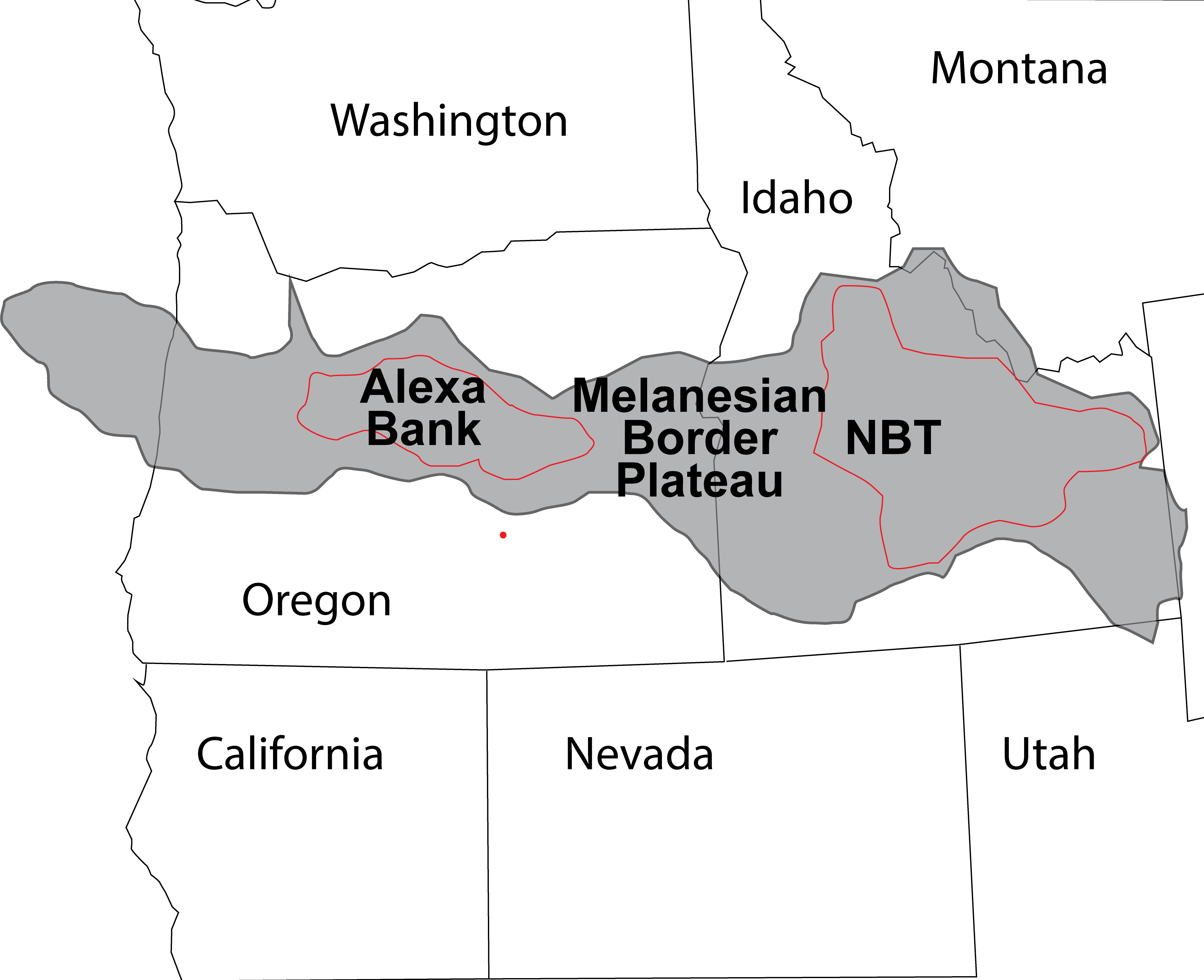'Superstructure' bigger than Idaho has been growing on the seafloor by Fiji since the dinosaur age
Scientists pieced together the history of a huge Pacific plateau and found a complicated story.

An undersea plateau in the Pacific Ocean that is bigger than Idaho first started forming with volcanic eruptions during the Cretaceous period (145 to 66 million years ago), and it is still growing today.
In fact, the Melanesian Border Plateau, located east of the Solomon Islands, formed through four separate pulses of volcanism, all with different root causes, according to new research published Jan. 15 in the journal Earth and Planetary Science Letters.
This timeline is important, because giant volcanic features under the ocean are often poorly understood, said study leader Kevin Konrad, a geoscientist at the University of Nevada, Las Vegas. In some cases, they form in a single flood of magma, in which case they're known as large igneous provinces. These huge, long-lasting volcanic events are so dramatic that they often shift the climate and have been associated with mass extinctions.
But in other cases, features that look identical to large igneous provinces are actually built over long periods, with multiple volcanic events piling up rock like a layer cake. With limited rock samples, it can be hard to tell the difference.
"There are some features in the Pacific basin where [scientists] have only a single sample, and it looks like a very large massive single event," Konrad told Live Science. "Sometimes when we sample these features in detail, we realize they're actually built over multiple pulses over tens of millions of years and wouldn't have significant environmental impacts."
Konrad and his collaborators had the opportunity to sample the Melanesian Border Plateau in detail in 2013, during a five-week research mission. They used a large chain contraption to dredge rock from the slopes of the undersea mountains and volcanoes that make up the plateau.
By studying the ages and chemistry of these rocks, they learned that the plateau likely first started forming 120 million years ago. A portion of the plateau underlying the other rocks, known as Robbie Ridge, likely formed at this time during an enormous flood of basaltic lava. This created a large undersea plateau that likely did not reach above sea level.
Get the world’s most fascinating discoveries delivered straight to your inbox.
Next, 45 million years ago, that piece of the Pacific drifted over a hotspot in the mantle. Hotspots are plumes of heated material that rise from the mantle and cause volcanoes to form in the midst of tectonic plates. Hawaii is an example of an island chain formed by a hotspot.
In this case, the culprit was the Rurutu-Arago hotspot, which still exists under French Polynesia today. This formed an undersea mountain chain, called a seamount, with islands rising over the ocean surface. These islands eroded, but 13 million years ago, the seamount drifted over yet another hotspot, the Samoa hotspot, which today is building the Samoan Islands.
"All those same conduits that magma used to go through 45 million years ago, they’re now preexisting weaknesses that magma can start moving through 13 million years ago," Konrad said.
This built new islands, which again eroded below sea level over time. Finally, in the past three million years, tectonic movements at the Tonga Trench have triggered new volcanic eruptions at the plateau — a completely different mechanism than the hotspot volcanism that had come before.
There are many hotspots in the South Pacific, Konrad said, so it's likely that other seamounts have been built over time in similarly complicated ways. The nonprofit Ocean Exploration Trust and the National Oceanographic and Atmospheric Administration are sampling such seamounts in the U.S.
Konrad and colleagues from the University of Maryland and California State University Long Beach will soon sample mid-Pacific mountains that might have been built by overlapping hotspots. Konrad proposes calling these features "oceanic mid-plate superstructures" to differentiate them from the large igneous provinces created by a single huge volcanic event.
"As we sample in more detail," Konrad said, "we're going to find more complexity."

Stephanie Pappas is a contributing writer for Live Science, covering topics ranging from geoscience to archaeology to the human brain and behavior. She was previously a senior writer for Live Science but is now a freelancer based in Denver, Colorado, and regularly contributes to Scientific American and The Monitor, the monthly magazine of the American Psychological Association. Stephanie received a bachelor's degree in psychology from the University of South Carolina and a graduate certificate in science communication from the University of California, Santa Cruz.




